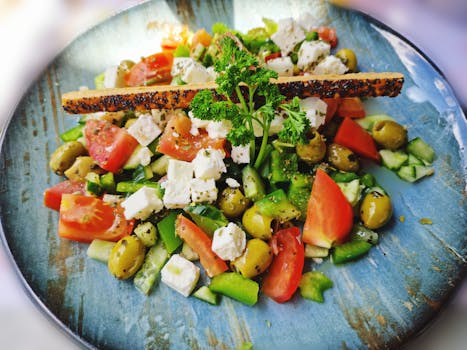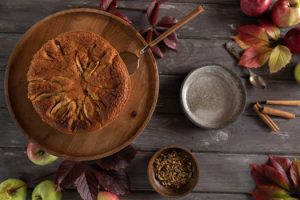Parsley brightens up tabbouleh and salads
Parsley is a versatile and vibrant herb that adds a burst of fresh flavor to any dish. While it is often used as a garnish, this humble herb is so much more than just a pretty decoration. In fact, parsley has been used in dishes around the world for centuries, and it’s no surprise why. Not only does it pack a punch of flavor, but it also has an array of health benefits. One of its most popular uses is in tabbouleh and salads, where it brightens up the dish with its unique taste and texture. Let’s explore the wonders of parsley and how it can enhance your tabbouleh and salads.
The Versatility of Parsley
Parsley comes in two main varieties – curly leaf and Italian flat-leaf – both of which have distinctive flavors and are used in different ways. Curly leaf parsley is often used as a garnish due to its curly and delicate leaves. Italian flat-leaf parsley, on the other hand, has a bolder and more robust flavor, making it perfect for cooking and adding to dishes. It is also the preferred choice for tabbouleh and salads due to its flat and easy-to-chop leaves.
Aside from its different varieties, parsley is also versatile in its use – the leaves, stems, and seeds can all be used in cooking. The leaves are the most commonly used part, but the stems can also add a subtle flavor to dishes. The seeds, when crushed, can be used as a spice to enhance the flavor of your dishes or as an ingredient in herbal teas.
The Health Benefits of Parsley
Parsley is not just a pretty herb – it is also packed with nutrients and health benefits. It is a rich source of vitamins A, C, and K, as well as minerals such as iron and potassium. The high vitamin C content in parsley helps boost the immune system, while vitamins A and K support bone health and reduce the risk of chronic diseases. Additionally, the herb contains flavonoids and antioxidants that have anti-inflammatory and anti-cancer properties.
Moreover, parsley is also known for its detoxifying properties. It helps flush out toxins from the body, leading to improved digestion and overall better health. Its high chlorophyll content also aids in freshening breath and reducing body odor.
Parsley in Tabbouleh and Salads
Tabbouleh
Tabbouleh is a traditional Middle Eastern salad made with bulgur wheat, tomatoes, cucumbers, and herbs. While parsley is not the main ingredient in this dish, it plays a critical role in its overall flavor profile. It adds a fresh, herby taste and a pop of bright green color to the dish. Additionally, the texture of chopped parsley provides a lovely contrast to the soft bulgur and juicy tomatoes.
When making tabbouleh, the most important step is to finely chop the parsley. This allows its flavor to evenly distribute throughout the dish. The parsley should also be added towards the end of the preparation process to avoid wilting and maintain its vibrant color and flavor.
Salads
From simple green salads to more complex grain and protein-based salads, parsley can add a whole new level of taste and nutrition to your salads. Italian flat-leaf parsley is the preferred choice for its bolder flavor, but you can also use curly leaf parsley if that’s what you have on hand.
Parsley can be chopped and mixed with other salad greens or used as a garnish on top. For a new twist, use parsley as the main ingredient in a salad dressing or pesto sauce. Its fresh and zesty flavor will undoubtedly take your salads to the next level.
In Conclusion
Parsley is an underrated herb that deserves a spot in your kitchen. It may seem like a subtle addition, but it can elevate the flavor and appearance of your dishes, especially tabbouleh and salads. Plus, with its multitude of health benefits, it’s a no-brainer to incorporate parsley into your meals. So the next time you make a salad or tabbouleh, don’t forget the parsley – your taste buds and body will thank you.









